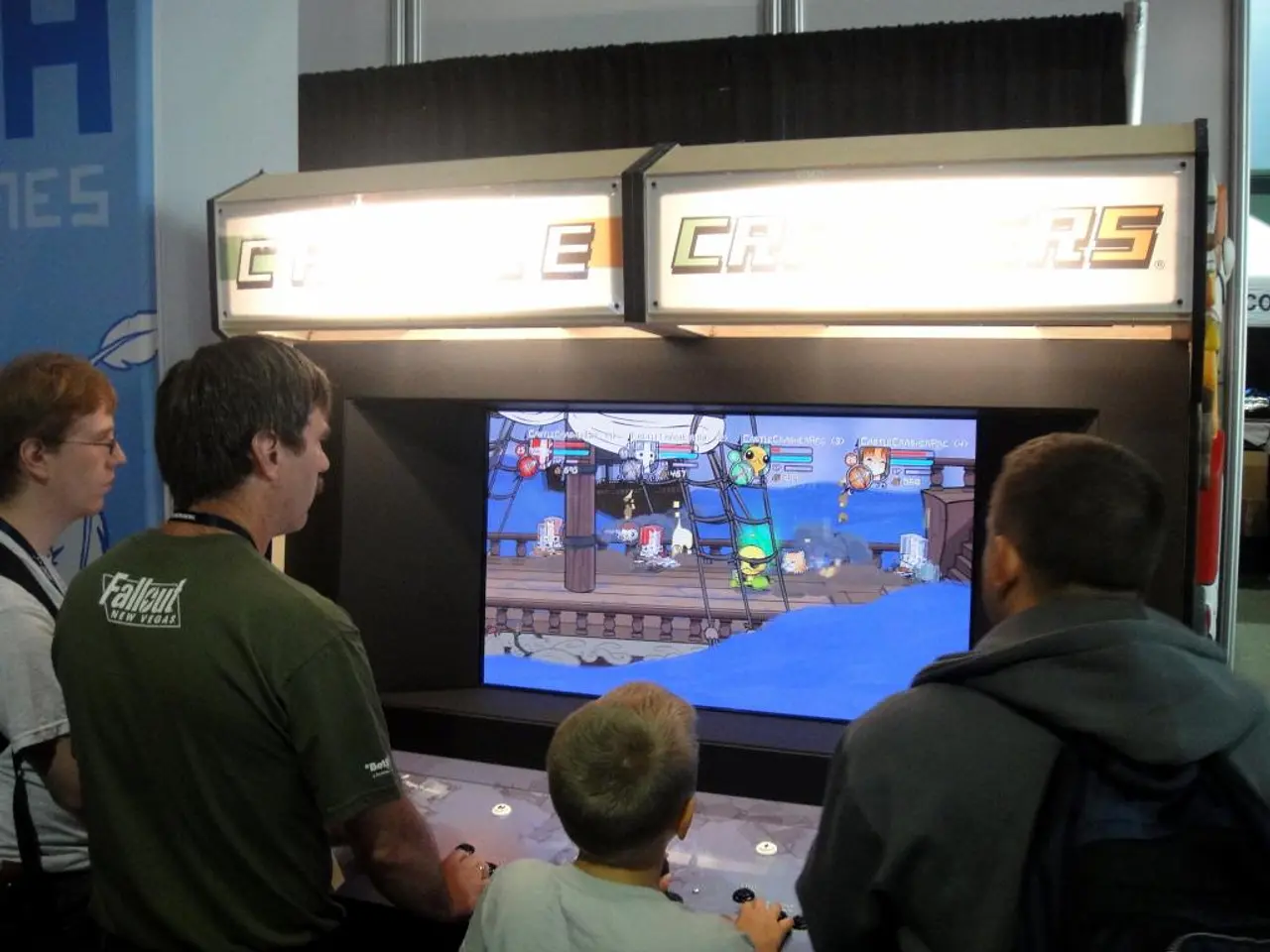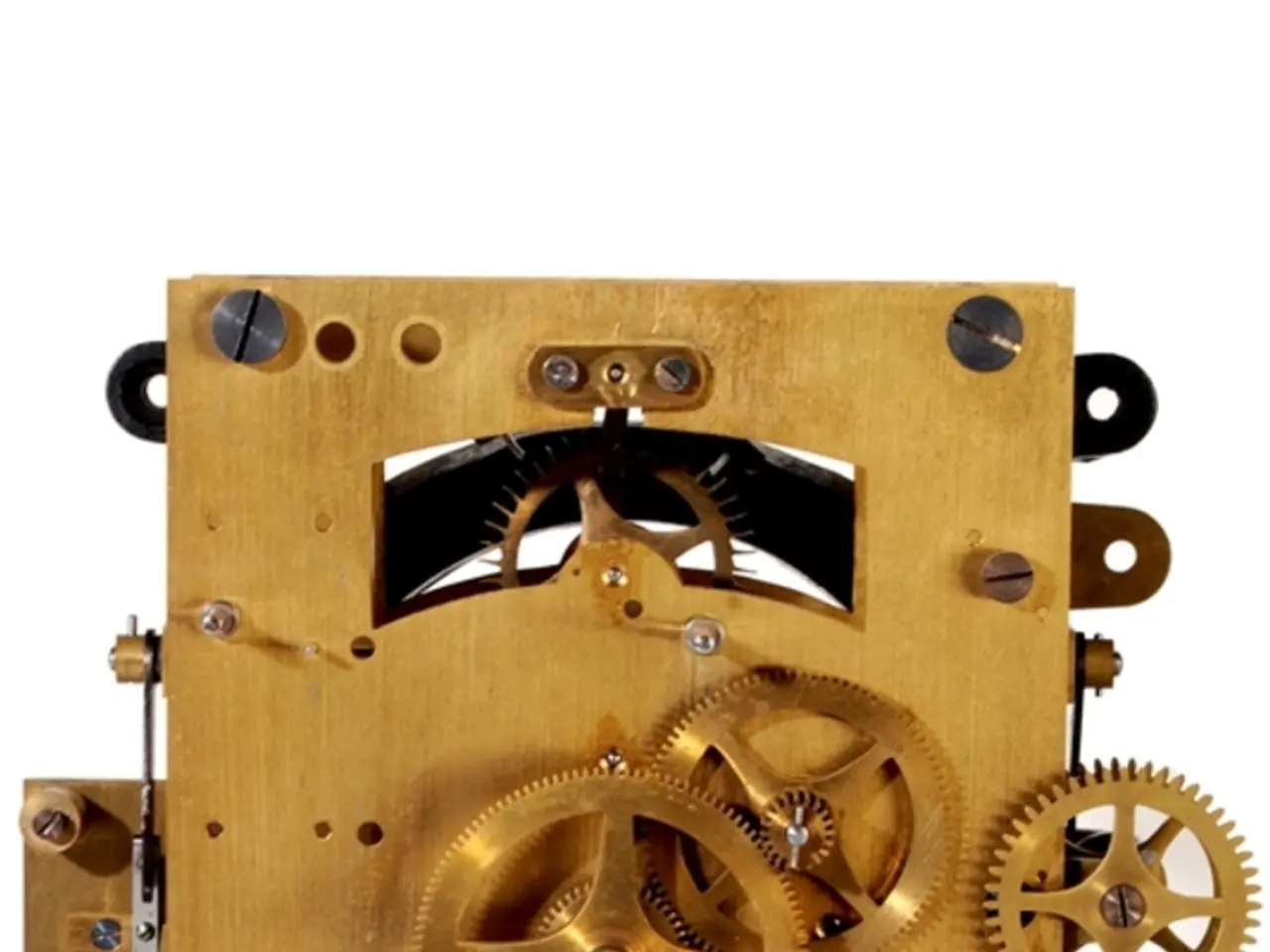Investigating Distinctions in 3D and 2D Game Stage Development
In the realm of gaming, level design may seem like a simple task: create stages, maps, and missions. However, at its core, it's about subtly shaping player behavior, helping them tackle challenges and master game mechanics. This guide will explore how level design in 2D and 3D games can vastly differ.
Let's delve into some examples from favored titles.
Shining in 3D Level Design
In the early stages of The Legend of Zelda: Tears of the Kingdom, the player undertakes the task of discovering and completing three sanctuaries. As the player finishes the first sanctuary, the camera's position cleverly reveals another one in the distance, even inciting an unskippable dialogue featuring the third sanctuary prominently in the background. This subtle hinting is more engaging and less intrusive than overt UI arrows or text, signifying smart 3D level design.
Marvelous 2D Level Design
One of the best 2D level design examples comes from Super Mario Bros' opening level, affectionately called "the perfect level." At first, players encounter very little, enabling them to experiment with Mario's abilities: move, run, and jump. Soon after, they discover blocks and enemies. As players can't attack initially, their only option is to jump over the enemy.
However, due to the positioning of the blocks, they likely hit one accidentally, causing Mario to land on the enemy and kill it. This teaches the player two lessons: enemies can be killed by jumping on them, and blocks can be broken or used by jumping beneath them. No tutorials, no texts, just fantastic level design.
What players see is an area where both 3D and 2D level design share similarities—subtly guiding the player. However, the camera is a factor where differences arise significantly.
Differing Camera Angles
In 2D games, where the camera is usually stationary or scrolls predictably, we have more control over what the player can see. On the other hand, in 3D games, the player can explore the environment as they wish, a factor we should consider during level design. The camera's starting position and movement during cutscenes can have a considerable impact, as was displayed in The Legend of Zelda: Tears of the Kingdom example.
Let's visualize these differences using a hypothetical scenario.
2D vs 3D Platformer Level Design
Imagine we're creating a new level for Super Mario Bros based on its opening level. The objective remains to move from point A to B, requiring jumps at certain points and overcoming enemies. Since we control what the player can see in a 2D game, we can ensure they see the following platforms during the initial easy jumps. Upon reaching the final platform, they encounter an enemy. But upon defeating this enemy, they can only see a new type of foe—one they hadn't seen before due to the limited 2D camera—an element we, as level designers, can confidently rely on.
In a 3D game like Super Mario Odyssey, players aren't bound to a limited camera, allowing them to observe challenges from the start. We can now employ various techniques to make levels more engaging, as we no longer have complete control over what the player sees at all times. However, this increased complexity can lead to poor level design decisions, as demonstrated in Sonic Boom: Rise of Lyric's abandoned city level.
Exploring the Labyrinth of 3D Level Design
There's a part in Sonic Boom: Rise of Lyric where the player encounters a wooden ramp, leading them to believe it's the correct path. However, upon reaching the ramp's end, the player finds nothing. The left wall also presents an inviting ramp leading nowhere. The solution is surprisingly counterintuitive: the player should follow the correct path on the right side but below the wooden ramp, a design choice that may seem more fitting for a stealth game or game focusing on hidden secrets.
Contrastingly, Portal showcases an excellent 3D level design example in its last test chamber. Players must rapidly escape before being thrown into an incinerator. However, the game doesn't provide obvious solutions; only visual hints are given. To get to the point of escape, the player must shoot teleporting portals on white walls to avoid falling from a conveyor belt. But as the conveyor belt brings them closer to the incinerator, they can only see white walls missing from their limited field of view. In the final moments before reaching the incinerator, the camera reveals hidden white walls, providing a solution to the predicament and showcasing the power of 3D level design.
3D level design is indeed more complex, offering both challenges and opportunities. In contrast, 2D game level design presents its unique advantages, as we'll discuss next.
Precision of 2D Level Design
2D game level design shines in genres that require the player to process a lot of information quickly. This clarity allows players to make decisions rapidly even during high-action scenarios. Due to this, strategy games are more inclined to choose the 2D approach. While 3D games such as Final Fantasy XII employ strategic combat, the environment remains 3D, relying on strategies that let the player know enemy locations or freely control the camera, as in Baldur's Gate 3.
Conclusion
Designing levels for 2D and 3D games requires different approaches, each with its unique strengths and weaknesses. In 2D games, designers can tailor a "closed" environment, precisely controlling what the player can and cannot see, even in open-world games. In contrast, 3D games offer more possibilities while requiring developers to create intuitive levels that account for player-controlled cameras, leading to a more challenging but creative process. Ultimately, the shared goal in both cases remains to create an engaging world that fosters a fulfilling player experience.
In the realm of gaming and data-and-cloud-computing, a level design's role is not merely creating stages and missions; it subtly shapes player behavior and helps them master game mechanics. For instance, The Legend of Zelda: Tears of the Kingdom employs smart 3D level design through clever camera placement, while Super Mario Bros uses strategic positioning of elements to teach players without relying on tutorials.
Within this realm, 3D and 2D level designs share similarities in guiding players, yet differ significantly in camera choices. In 2D games, designers have more control over the player's field of vision, whereas in 3D games, the player-controlled camera adds complexity to level design. This complexity creates opportunities for engaging gameplay, as demonstrated in Portal's last test chamber, but also challenges, as seen in Sonic Boom: Rise of Lyric's abandoned city level.
In the precision of 2D level design, strategy games thrive due to the clarity offered, allowing for rapid decision-making even in high-action scenarios. However, 3D games such as Final Fantasy XII employ strategic combat within a 3D environment, relying on strategies that let the player know enemy locations or freely control the camera, as in Baldur's Gate 3. Ultimately, both 2D and 3D level designs aim to create an engaging world that fosters a fulfilling player experience, requiring different approaches but with the shared goal of optimization through technology.



